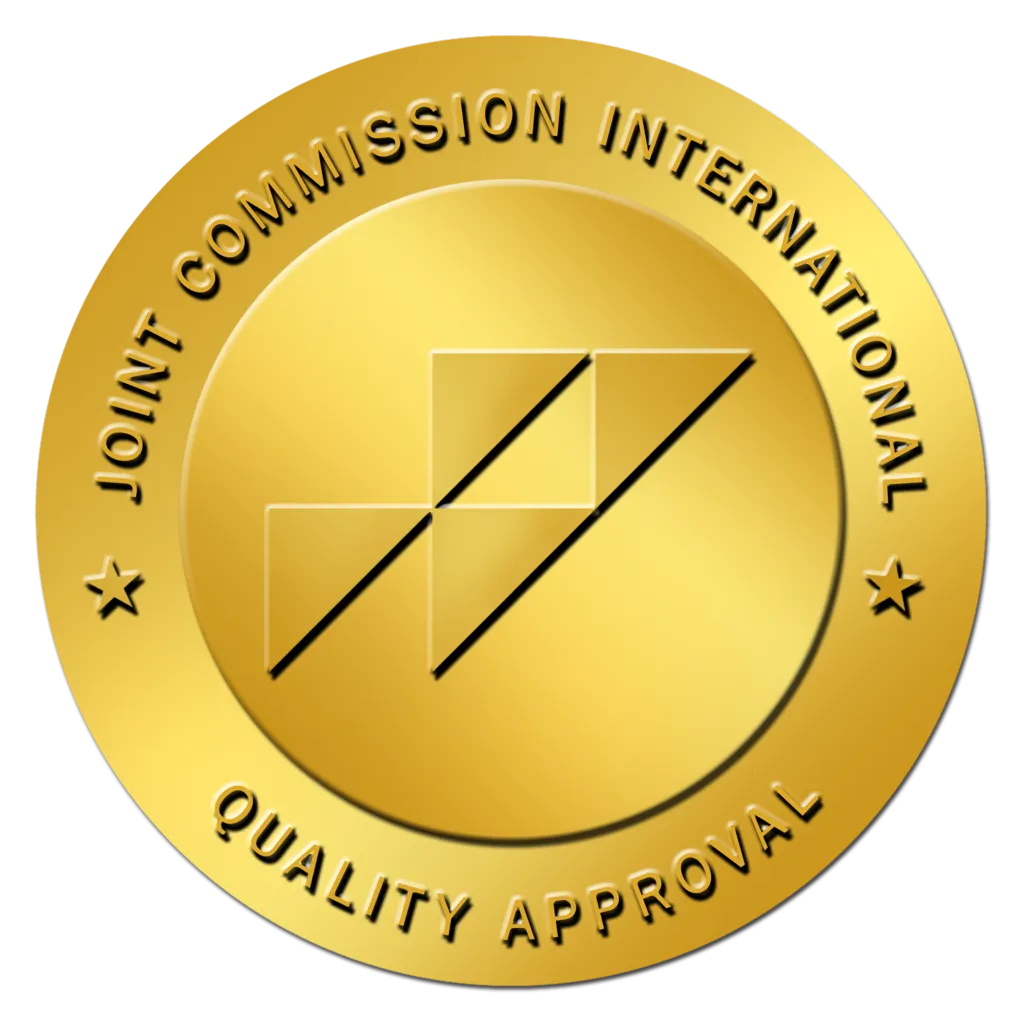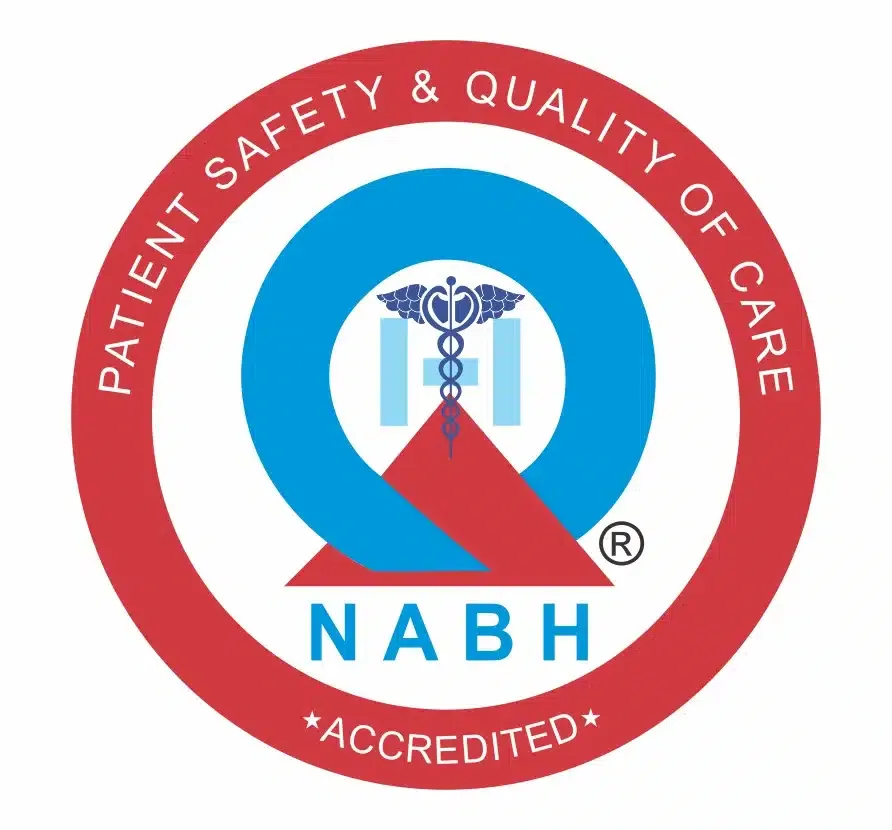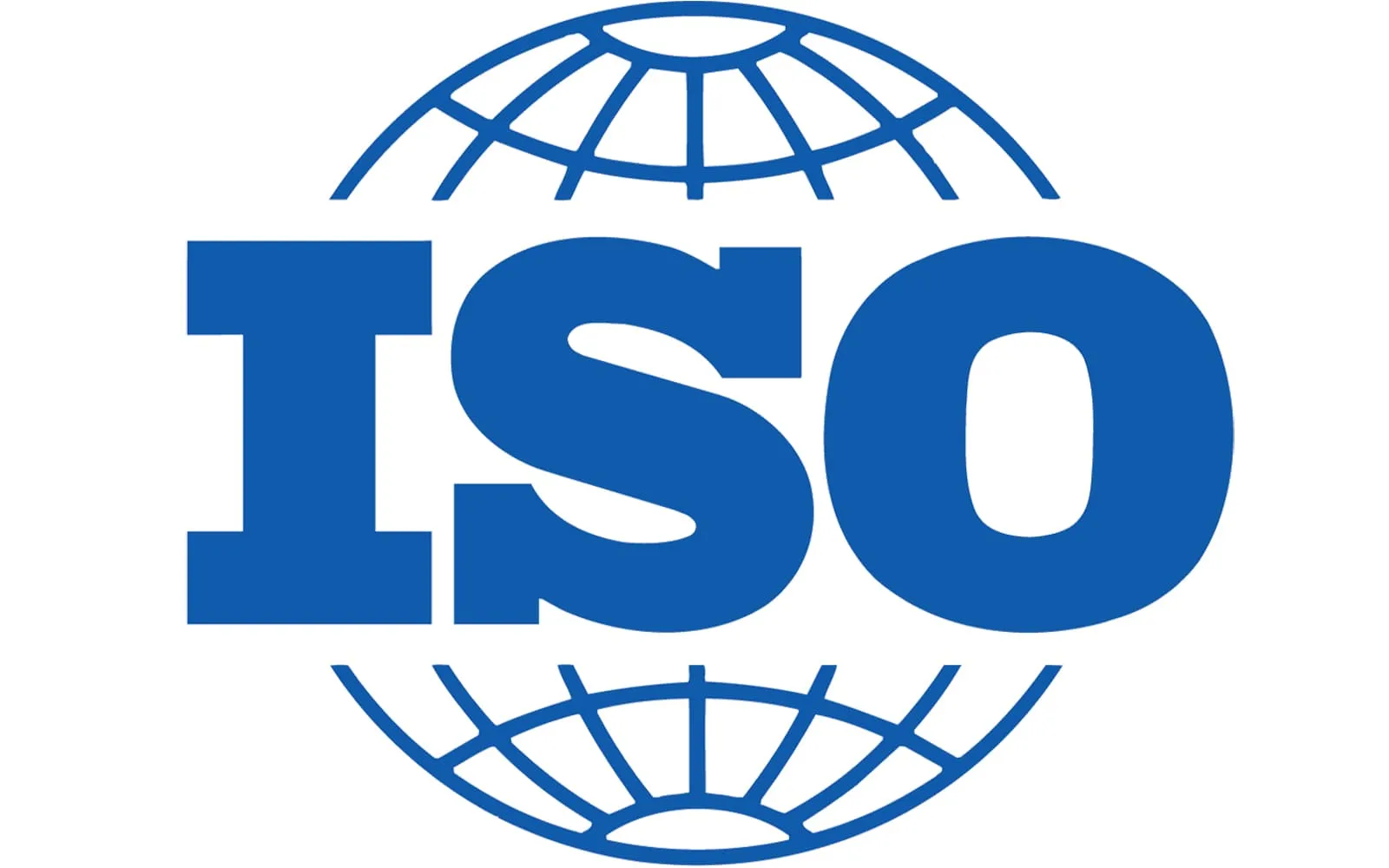
VP Shunt Surgery Cost in India
About VP Shunt Surgery
What Is VP Shunt Surgery?
VP shunt surgery, or ventriculoperitoneal shunt surgery, is a neurosurgical procedure that helps remove excess cerebrospinal fluid (CSF) from the brain. It is commonly used to treat a condition called hydrocephalus, where CSF builds up in the brain's ventricles, causing increased pressure inside the skull. If not treated, hydrocephalus can lead to headaches, brain damage, vision problems, and in severe cases, even death.
A VP shunt system consists of three main parts:
- A catheter that is inserted into one of the brain's ventricles to collect the excess fluid.
- A valve system that controls the flow and pressure of the fluid.
- A drainage tube that runs under the skin from the head down to the peritoneal cavity in the abdomen, where the fluid is absorbed safely by the body.
The purpose of the surgery is to normalize intracranial pressure, relieve symptoms, and prevent further complications. The shunt works continuously and automatically. It adjusts the fluid drainage rate as needed, based on pressure levels in the brain. The valve ensures that too much fluid isn't drained at once.
VP shunt surgery can be temporary or permanent, depending on the cause and severity of the fluid buildup. Some patients may require shunt adjustments or replacements over time, especially children who are still growing or those who develop complications.
Why Is VP Shunt Surgery Performed?
Doctors perform VP shunt surgery to treat medical conditions that lead to abnormal accumulation of cerebrospinal fluid in the brain. CSF buildup causes hydrocephalus, a condition that raises pressure inside the skull and affects brain function. If not appropriately managed, hydrocephalus can result in permanent neurological damage, developmental delays, or life-threatening complications.
The primary goal of the surgery is to transfer excess CSF away from the brain to a different part of the body (typically the abdominal cavity), where the body can absorb it naturally. The shunt restores normal pressure within the brain and protects delicate neural tissues.
Conditions That Require VP Shunt Surgery
VP shunt surgery is commonly recommended for the following conditions:
- Congenital Hydrocephalus: Babies born with this condition may develop an enlarged head and experience delayed milestones due to fluid buildup.
- Acquired Hydrocephalus: It can occur at any age due to head trauma, infections like meningitis, bleeding in the brain, or brain tumors.
- Normal Pressure Hydrocephalus (NPH): This condition, commonly seen in older adults, causes symptoms such as walking difficulty, urinary incontinence, and memory loss.
- Post-Surgical or Post-Infectious Hydrocephalus: After undergoing brain surgery or contracting an infection, patients may develop hydrocephalus that requires long-term management.
- Tumor-Related Hydrocephalus: Brain tumors can obstruct the flow of CSF, leading to pressure buildup that must be relieved surgically.
When Do Doctors Recommend the Procedure?
Doctors recommend VP shunt placement when non-surgical methods like medication or lumbar puncture fail to control fluid pressure or when the symptoms progress rapidly. Diagnostic tests, such as MRI scans or CT scans, help confirm the diagnosis and guide treatment decisions.
In emergency cases, doctors may perform the surgery urgently to prevent brain damage. In elective situations, they plan it carefully, often involving neurologists, radiologists, and neurosurgeons as part of a multidisciplinary team.
How Is the VP Shunt Procedure Done?
VP shunt surgery is a carefully planned neurosurgical procedure that typically takes about 1 to 2 hours. It involves the surgical placement of a shunt system that helps redirect excess cerebrospinal fluid from the brain to the abdominal cavity.
Below is the step-by-step overview of the procedure:
- Anesthesia and Preparation: The patient is given general anesthesia to ensure they remain unconscious and pain-free throughout the surgery. The surgical team prepares the scalp and abdominal area by cleaning and draping them in a sterile fashion.
- Placement of the Ventricular Catheter: The neurosurgeon makes a small incision with the help of a scalpel and drills a tiny hole in the skull. Using imaging guidance (like neuronavigation or intraoperative ultrasound), the surgeon inserts a catheter into the lateral ventricle of the brain to access the cerebrospinal fluid.
- Placement of the Valve and Tubing: Next, the surgeon creates a small pocket under the skin, either behind the ear or on the upper chest, to insert the pressure-regulating valve. This valve connects to the ventricular catheter and controls the flow of CSF.
- Insertion of the Distal Catheter: A second catheter is tunneled under the skin from the valve down the neck and chest to the abdominal cavity (peritoneum). Here, the fluid is drained and absorbed by the body.
- Final Checks and Closure: The surgical team tests the entire system to ensure proper CSF flow and secure connections. Once confirmed, the incisions are closed using sutures or staples, and sterile dressings are applied to the area.
- Post-Surgical Monitoring: After the procedure, the patient is moved to the recovery room or a neurosurgical ICU for observation. Doctors monitor vital signs, neurological status, and wound healing. Doctors manage pain and swelling with medications, and most patients begin oral intake and light movement within 24 hours.
Types of Shunt Valves Used
Neurosurgery hospitals use both fixed-pressure valves and programmable valves:
- Fixed-pressure valves maintain a constant drainage rate and are generally less expensive than programmable valves.
- Programmable valves can be adjusted externally using a special device, offering more flexibility, especially in pediatric or complex cases.
Send Query
About VP Shunt Surgery in India
What Is the Cost of VP Shunt Surgery in India?
The cost of VP shunt surgery in India ranges between $3,200 and $6,000 for international patients. This cost includes the surgery, hospital stay, consultation charges, basic investigations, anesthesia, and the shunt device itself. Some high-end hospitals may charge slightly more, especially if programmable shunts or extended ICU care are required.
Compared to the USA or UK, where VP shunt surgery can cost $25,000 to $50,000, India offers an equally effective treatment at a fraction of the price, making it a highly preferred destination for medical travelers.
What Does the Cost Typically Include?
Most hospitals offer all-inclusive surgery packages for international patients. These may include:
- Pre-surgery diagnostic tests (MRI, CT, blood work)
- Neurosurgeon and anesthesia fees
- Hospital room charges for 3–7 days (ward or private)
- Surgery costs, including operation theatre and ICU charges
- Cost of the shunt device (fixed or programmable)
- Post-surgery care during hospitalization
- Nursing and physiotherapy services
In some cases, especially at JCI-accredited hospitals, the package also covers:
- Airport pickup and drop-off
- Visa support documentation
- Language interpreter services
- Attendant stay and meals
Additional Expenses That Are Not Always Included
- Cost of international travel and airfare
- Medications required after discharge
- Follow-up programming (in case of programmable valves)
- Extended hospital stay beyond the package duration
- Rare complication management, if any
Programmable vs. Fixed Shunt Cost in India
The cost of a fixed-pressure VP shunt in India typically ranges from $3,200 to $4,000. In contrast, a programmable VP shunt generally costs between $4,500 and $6,000, depending on the hospital, device brand, and associated services. Programmable valves are slightly more expensive but allow doctors to adjust CSF drainage externally using a magnetic device, which can be beneficial in children with growing brains or complex cases.
India's cost advantage makes VP shunt surgery highly accessible to patients from Africa, the Middle East, Southeast Asia, and beyond. Patients receive world-class care at a cost that is transparent, inclusive, and significantly lower than global averages.
What Factors Influence the Cost of VP Shunt Surgery?
Several factors influence the final cost of VP shunt surgery in India, and understanding them helps international patients plan their treatment and budget more effectively.
- Type of Hospital: The choice between a corporate, multi-specialty hospital and a smaller neurosurgical center plays a significant role in pricing. JCI- or NABH-accredited hospitals with advanced infrastructure tend to charge more but offer high-end facilities and international-standard care.
- Neurosurgeon's Experience: Highly experienced neurosurgeons, especially those trained abroad or with hundreds of successful procedures, may have slightly higher fees. However, their expertise often leads to better outcomes and fewer post-op complications, making them a wise investment.
- Type of Shunt Device Used: India offers both fixed-pressure and programmable shunts. Programmable shunts are more expensive but allow for external adjustments to the flow rate without requiring additional surgery. Your treating doctor will recommend the best option based on your condition.
- City of Treatment: Top medical hubs, such as Delhi, Mumbai, Chennai, and Bangalore, may have higher costs due to their advanced infrastructure and high patient volumes. However, cities like Pune, Kochi, and Ahmedabad also offer affordable care with comparable quality.
- Duration of Hospital Stay: A more extended hospital stay due to complications or the need for extended ICU care can increase the total bill. On average, patients stay for 3 to 7 days, depending on their recovery speed and underlying condition.
Why Choose India for VP Shunt Surgery?
India has become a top destination for VP shunt surgery due to its strong combination of world-class medical care, high surgical success rates, and cost-effective treatment packages. International patients trust India not only for the affordability of care but also for the expertise of its neurosurgeons, who are globally trained and widely experienced in treating complex neurological conditions, such as hydrocephalus.
- Highly Skilled Neurosurgeons: Indian neurosurgeons are known for their precision, advanced training, and deep experience in treating both pediatric and adult hydrocephalus. Many have received education or fellowships from the USA, UK, or Europe, and they stay updated with the latest techniques in shunt placement, revision surgeries, and programmable valve technology. Their competence ensures safe outcomes, even in complicated or high-risk cases.
- State-of-the-Art Infrastructure: Top-tier hospitals in India feature modern neurosurgical operating rooms, advanced neuroimaging, and post-operative ICUs designed for neurological care. Facilities are equipped with neuronavigation systems, endoscopic tools, and intraoperative monitoring that increase surgical precision and patient safety.
- Cost Advantage: India offers VP shunt surgery at a fraction of the cost in the US, UK, or Middle Eastern countries, without compromising quality. International patients often save up to 70–80% on their total treatment expenses. This cost-effectiveness extends not just to the surgery, but also to hospital stays, diagnostics, and follow-up care.
- International Patient Support Services: Hospitals in India offer dedicated international patient departments that manage everything—from visa assistance and airport pickups to interpreter services and hotel bookings. It makes the journey easy for patients traveling from Africa, Southeast Asia, the Middle East, or Europe.
- No Waiting Time: Unlike public healthcare systems in some countries where neurosurgery involves long waiting periods, patients in India can schedule VP shunt surgery within a few days of arrival. It is beneficial for patients with hydrocephalus, as timely intervention can prevent serious complications.
What are the Services Available for International Patients?
India's leading hospitals offer a full range of support services specifically designed for international patients undergoing VP shunt surgery.
- Medical Visa Assistance: Hospitals in India offer an official medical visa invitation letter to facilitate patients and their attendants in obtaining fast-track medical visas. Some hospitals even coordinate directly with embassies to simplify the visa approval process.
- Airport Pickup and Drop: International patients receive complimentary or pre-arranged airport pickup and drop services. Hospital representatives greet patients at the airport and arrange safe, private transport to their accommodation or directly to the hospital.
- Interpreter and Language Support: To overcome language barriers, hospitals often assign multilingual coordinators or interpreters who speak Arabic, French, Swahili, Russian, Bengali, and other languages. It ensures that patients fully understand the diagnosis, procedure, and care instructions.
- Assistance with Accommodation: Patient support teams assist in booking hotels, guesthouses, or hospital-attached rooms for both patients and their caregivers. Options are available for all budgets and are conveniently located near the hospital.
- Dedicated Case Managers: Each international patient is assigned a dedicated patient coordinator who guides them through the treatment process, starting from sharing medical opinions to organizing follow-ups, surgery appointments, payments, and travel logistics.
- Priority Appointments and Scheduling: International patients do not need to wait in long queues. Hospitals schedule consultations, imaging tests, and surgeries in advance, often within 48 to 72 hours of the patient's arrival in India.
- Telemedicine and Follow-Up Support: After discharge, hospitals continue to support patients through teleconsultations, WhatsApp updates, and email communications. These follow-ups are essential for patients with programmable VP shunts who may need remote adjustments or monitoring.
Success Rate and Recovery After VP Shunt Surgery in India
VP shunt surgery in India has a high success rate, primarily when performed in specialized neurosurgical centers. On average, Indian hospitals report success rates of 85% to 95%, depending on the underlying condition, patient age, and any pre-existing complications. These outcomes are comparable to, and sometimes even better than, those in Western countries, due to the expertise of Indian neurosurgeons and the use of high-quality, FDA-approved shunt systems.
What Contributes to the High Success Rate?
Indian hospitals adhere to strict surgical protocols, utilize modern imaging guidance, and maintain sterile operating conditions. Skilled neurosurgeons with international training and years of experience perform these procedures, which significantly reduce the risk of complications like infections or shunt malfunction. Moreover, programmable valves offer flexibility in long-term management, particularly in pediatric cases or for patients with fluctuating fluid pressure needs.
Recovery After VP Shunt Surgery
Most patients recover well after VP shunt placement. The typical hospital stay lasts between 3 to 7 days, during which the patient receives IV fluids, antibiotics, and monitoring for any neurological or surgical complications.
By the time of discharge, patients usually experience noticeable relief from symptoms such as headaches, nausea, and balance issues. For children, parents may notice improvements in activity levels, developmental milestones, or a reduction in head size over time.
Post-Surgery Follow-Up and Care
Recovery continues at home, and patients require 1 to 2 weeks of rest before resuming their daily activities. Doctors schedule follow-up visits or virtual consultations to monitor wound healing and ensure the shunt functions properly. In cases involving programmable shunts, the valve settings may be adjusted externally during these follow-ups.
In rare cases, patients may experience shunt malfunction or infection, but early diagnosis and treatment help manage these risks effectively. Most international hospitals in India offer detailed discharge instructions and round-the-clock helplines for follow-up support.
VP Shunt Surgery Cost Comparison by Country
Compare VP Shunt Surgery costs across different countries to make an informed decision about your medical treatment.
| Country | Cost Range (USD) | Potential Savings | Action |
|---|---|---|---|
INIndiaCurrentBest Value | $3,200 - $6,000 | — | Get Quote |
Note: Costs may vary based on hospital choice, room type, additional services, and individual medical requirements. Contact us for a personalized quote.
Leading Hospitals for VP Shunt Surgery in India

SP Medifort Hospital
SP Medifort, Thiruvananthapuram, is a JCI-accredited, 475-bed multi-super-specialty hospital spread across 500,000 sq. ft. The hospital houses 10 modu...
Accreditations


Facilities

CARE Hospitals, Banjara Hills, Hyderabad
CARE Hospitals, Banjara Hills, Hyderabad, is a 435-bed NABH and NABL-accredited multispecialty hospital with 120 critical care beds. Established in 20...
Accreditations

Facilities

AIG Hospitals, Gachibowli, Hyderabad
AIG Hospitals, Gachibowli, Hyderabad, is a 1,000-bed, JCI- and NABH-accredited super-specialty hospital spanning 1.7 million sq. ft. It is the flagshi...
Accreditations


Facilities

Gleneagles Global Health City, Chennai
Gleneagles Global Health City, Chennai, is a 200-bed quaternary-care hospital and part of the IHH Healthcare network, one of the world’s largest priva...
Accreditations

Facilities

MGM Healthcare, Chennai
MGM Healthcare, Chennai, is a 400-bed quaternary-care super-specialty hospital accredited by JCI, NABH, and NABL. The hospital features 100 ICU beds,...
Accreditations


Facilities

MIOT International, Chennai
MIOT International, Chennai, is a 1,000-bed NABH- and NABL-accredited multispecialty hospital serving patients from more than 130 countries. Establish...
Accreditations

Facilities

Apollo Hospitals, Greams Road, Chennai
Apollo Hospitals, Greams Road, Chennai, is the flagship hospital of the Apollo Group. Established in 1983, it has 560 beds, 46 ICUs, and 15 operating...
Accreditations



Facilities

HCG Cancer Centre, Mumbai
HCG Cancer Centre, Borivali, Mumbai, is an NABH- and AACI-accredited comprehensive cancer hospital established in 2019. The 119-bedded facility includ...
Accreditations


Facilities

Apollo Hospitals, Navi Mumbai
Apollo Hospitals, Navi Mumbai, established in 2016, is a 500-bed JCI- and NABH-accredited quaternary care hospital offering advanced treatment across...
Accreditations


Facilities

Marengo Asia Hospitals, Faridabad
Marengo Asia Hospital, formerly QRG Health City, is a 325-bed NABH and NABL-accredited multispecialty hospital in Faridabad. It offers advanced care i...
Accreditations

Facilities
FAQ
Browse by Department
Explore procedures in different departments
Related Procedures
Other procedures in this department
Get a Free Treatment Plan
Our website uses cookies. By clicking on accept you give your consent to the use of cookies as per our Privacy Policy.
